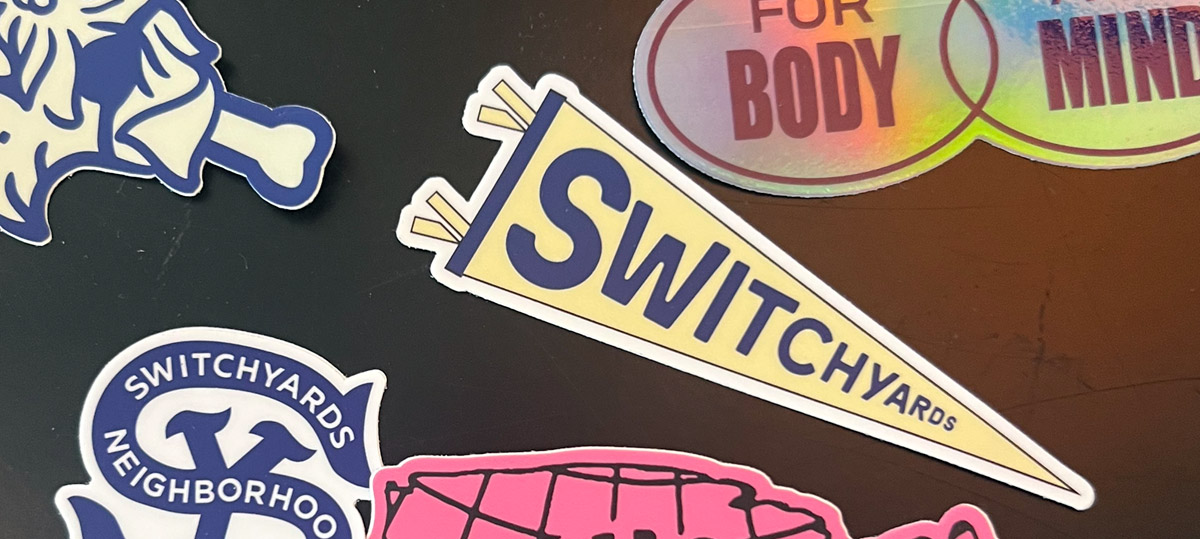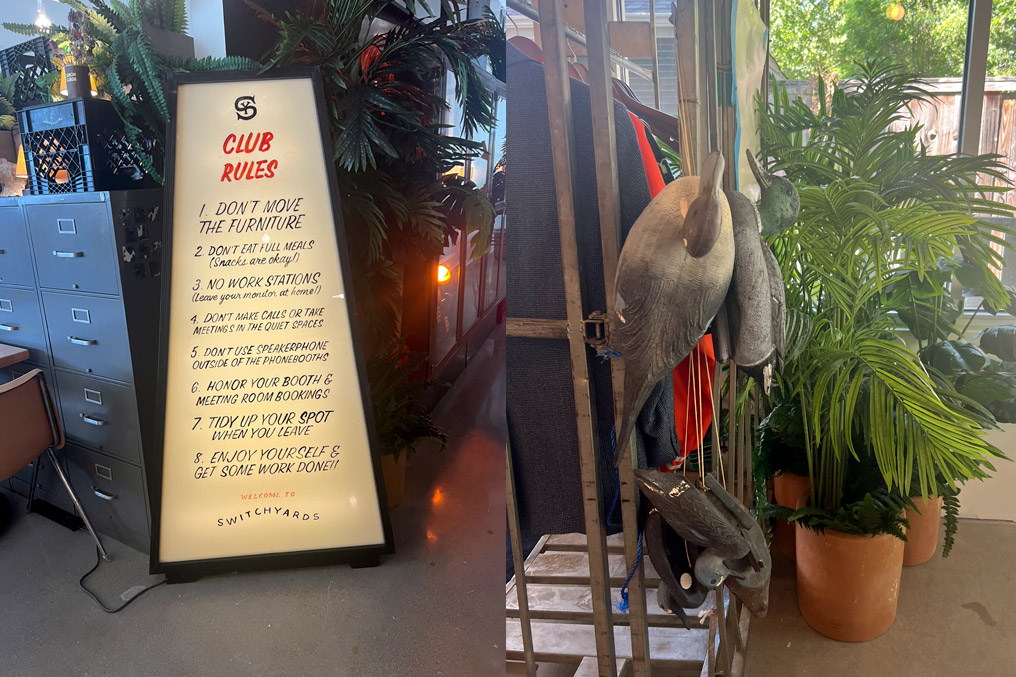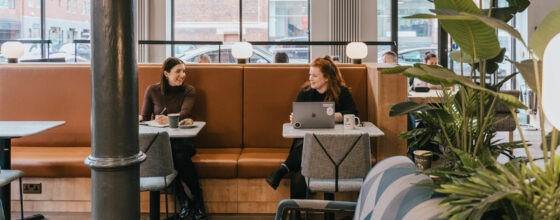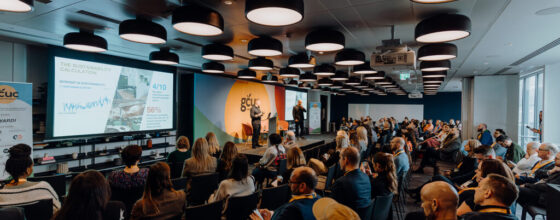Why Coworking is the Third Place We Need — and What Switchyards is Bringing to Austin

In coworking, we talk a lot about community—but too often, that word gets reduced to surface-level connections. Real community is deeper. It’s about showing up, being seen, and feeling like you belong. That’s why the concept of the third place, first introduced by sociologist Ray Oldenburg, is having a renaissance.
A third place isn’t your home (first place), and it’s not your workplace (second place). It’s the space in between—where social interaction, spontaneous conversation, and genuine connection flourish.
Coworking spaces, especially those designed with intention, are perfectly positioned to become the third places of this new era of work.
What Makes a Third Place?
Third places share a handful of common traits. They are:
- Neutral ground where anyone can come and go without obligation
- Welcoming to all, regardless of social status
- Conversation-focused rather than transactional
- Accessible and comfortable, with regulars who keep coming back
- Relaxed, informal, and often a bit playful
- A “home away from home,” where people feel emotionally safe and seen
This isn’t just theory—it’s how people want to live now. After years of digital fatigue and isolation, we’re seeing renewed desire for physical spaces that spark human interaction. Third places aren’t nice-to-haves anymore. They’re essential infrastructure for connection.
Morning Coffee Raves and the Demand for Togetherness
Look no further than the rise of morning coffee raves. What started as niche gatherings has grown into a full-blown global movement. These early-morning, high-energy dance parties—complete with DJs, wellness corners, and non-alcoholic drinks—are packed with people who just want to feel something real before they log on for work.
They’re joyful, embodied, and profoundly communal. And they prove something critical: people are hungry for third places that energize and connect them, especially at the start of the day.
So why can’t a coworking space offer the same thing? Not necessarily the dancing (though go for it)—but the sense of aliveness. The community-first energy. The opportunity to start your day not in isolation, but in motion.

What Coworking Can Learn from Switchyards
Take Switchyards, for example. With a series of thoughtfully crafted spaces in Atlanta and now a new location in Austin, they’ve embraced the third place ethos without shouting about it.
They’re not chasing scale or packed event calendars. Instead, they focus on what matters: inviting design, real conversation, and consistent moments that help members build relationships over time. Their community feels less like a crowd and more like a neighborhood café—warm, intentional, and familiar.
It’s not flashy. It’s human.

Coworking’s Bigger Role
At GCUC, we believe coworking is about more than desks and meeting rooms. It’s about creating places where people gather with purpose—even if that purpose is simply to not be alone.
As operators, we have the opportunity to design for belonging. That means embracing third place thinking: less polish, more presence. Less transactional, more transformational.
Ask yourself:
- Is my space easy to drop into, even with no agenda?
- Do members feel welcome just for being there—not for what they produce?
- Are we cultivating familiarity, spontaneity, and joy?
Let’s Build the Future of Third Places
The rise of coworking, morning dance parties, and hybrid everything tells us one thing clearly: people want more out of their spaces. More connection. More community. More meaning.
So let’s build it. Together.









